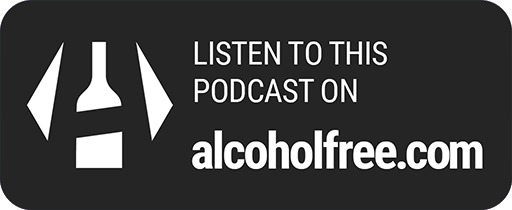Darlene Petersen, MD and Paula Cook, MD

Dr. Paula Cook and Dr. Darlene Petersen
Harm Reduction ”Building the Bridge”
Harm Reduction ”Building the Bridge”
Harm Reduction ”Building the Bridge”
Tuesday 10th August 2021
Drs. Petersen and Cook discuss harm reduction strategies in addiction medicine, including syringe exchanges and safe injection sites.
Explicit
39 minutes
Informative
Supportive
Thought-provoking
Engaging
Educational
About this podcast
Author:
Darlene Petersen, MD and Paula Cook, MD
Overview:
Categories:
Understanding Addiction & Recovery
Navigating Alcohol Dependency
Nutritional Pathways to Recovery
Navigating Intimate Relationships
Family Recovery from Addiction
Links:
Visit site
Episodes:
98 (View all)

Do you want to link to this podcast?
Get the buttons here!Harm Reduction in Addiction Medicine: Meeting Patients Where They Are
This is not permissiveness, this is not encouraging high-risk behavior, and folks who are engaged with syringe exchange or programs are five times more likely to enter treatment and where they're also less likely to die.
Imagine a world where addiction treatment is not just about getting clean but also about reducing harm and saving lives. In this episode of 'The Addiction Files', Dr. Darlene Petersen and Dr. Paula Cook dive into the practical and often controversial strategies of harm reduction in addiction medicine. From syringe exchange programs to safe injection sites, these experts shed light on how meeting patients where they are can pave the way for effective treatment and lower mortality rates. Dr.
Petersen and Dr. Cook walk you through the history of harm reduction in the US, explaining how initiatives like syringe exchange programs were designed to curb the spread of blood-borne infections. They also tackle the hot-button issue of safe injection sites, discussing their potential to serve as gateways to treatment rather than just enabling drug use. What sets this episode apart is its focus on non-judgmental care.
The doctors argue that harm reduction isn't about being permissive but about creating opportunities for people to seek help. By reducing the stigma and barriers associated with addiction treatment, harm reduction strategies can actually lead to increased treatment entry and better health outcomes. Whether you're a healthcare professional or someone affected by addiction, this episode offers valuable insights into a compassionate approach to addiction medicine.
Tune in to understand how harm reduction can be a bridge to recovery, not just a safety net.
